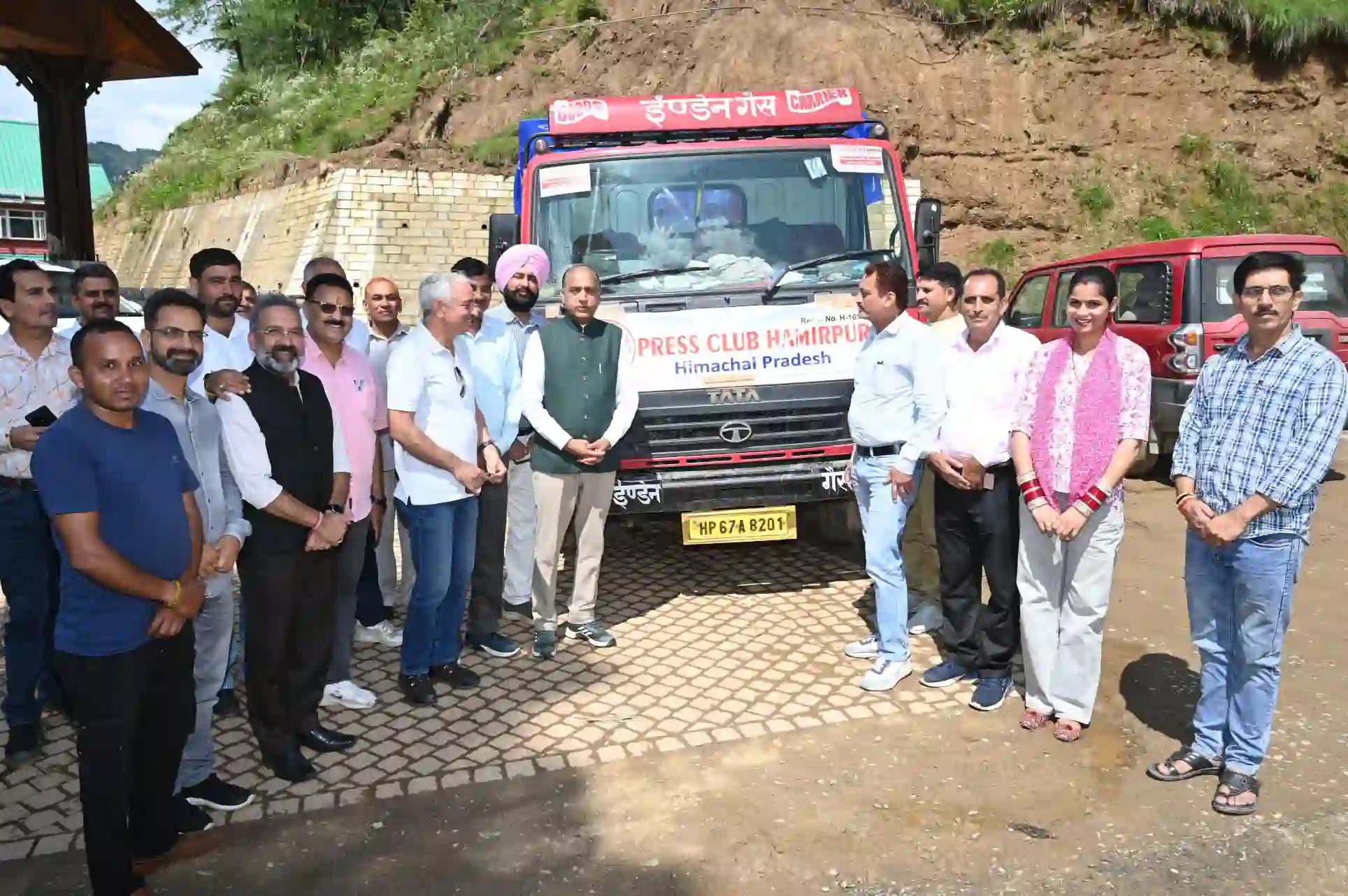Yellow rust found on wheat plants in various villages of Hamirpur
2 min read
Image Source Internet
Hamirpur, Feb 22 : Yellow rust has surfaced on wheat plants in various parts of Hamirpur district and this has upset the farmers and the officials of the Department of Agriculture both.
Yellow Rust disease appears as yellow stripes of powder or dust on leaves and leaf sheaths of the wheat crop. This yellow powder comes out on clothing or fingers when touched. The disease can spread rapidly under congenital conditions and affects crop development, and eventually the yield.
Yellow rust requires living green plant material to survive. In the winter, the fungus survives as dormant mycelium or active sporulating pustules on volunteers and autumn-sown crops. Although low temperatures kill pustules, mycelium within plant tissue can survive temperatures of -5°C.
Normally, Wheat crop in certain parts of Punjab, Haryana, and J & K is affected by stripe rust or yellow rust of wheat caused by a fungal pathogen, Puccinia striiformis presently. The disease appears in the form of yellow stripes on wheat leaves.
A team of the Agriculture department visited yellow rust prone villages of Nadaun block on Tuesday and surveyed the wheat crop in the fields.
Atul Dogra, Deputy Director, Agriculture Department, said that during the survey, the officers inspected the fields of the farmers in villages of Bahal, Sadhwan, Lahar Kotlu, Sera, Jasai, Khatroud, Balduhak, Bada, Rangas, Rail and Faste.
In this survey, symptoms of yellow rust were found in wheat crops in villages Bahal, Sadhwan, Lahar Kotlu and Sera. These symptoms are in the initial stage in some places where the incidence of the disease is 2 to 3 percent.
The prevalence of the disease was found to be 5 to 7 percent in villages Bahal and Sadhwan. Based on the weather forecast in the district, the chances of spread of this disease are high in the coming one or two weeks, farmers are advised to keep monitoring their fields from time to time during this period.
The Deputy Director said that if the symptoms of this disease were seen in the wheat field, make a solution of one milliliter propiconazole fungicide in one liter of water and sprinkle it in the affected area.
He said that the farmers doing natural farming in the district have been advised to sprinkle 1 liter of sour lassi dissolved in 20 liters of water on their wheat crop at an interval of 10 days. Apart from this, farmers can contact their nearest Agriculture Department office for more information.






